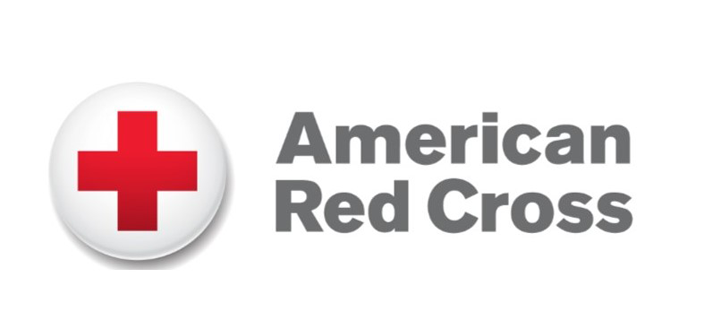The summer season is in full swing and the American Red Cross (redcross.org) wants to make sure readers are aware of the dangers of heat waves and the heat-related conditions that can come upon area residents.
First, it’s important to understand the language that you may see attached to a weather forecast. Excessive Heat Outlook means you should be aware of excessive heat that will be coming in the next three to seven days. Excessive Heat Watch is issued when conditions are favorable for an excessive heat event in the next 24 to 72 hours, and encourages area residents to prepare. Excessive Heat Warning/Advisory is issued within 12 hours of the onset of extremely dangerous heat conditions, and area residents should take precautions immediately to avoid heat-related illness.
During heat waves, people are susceptible to three heat-related conditions. Here’s what they are and how to recognize and respond to them:
Heat cramps are muscle spasms, often in the abdomen, arms, or calves, caused by a large loss of salt and water in the body. Heavy sweating during intense exercise or muscle pain or spasms are signs of heat cramps. In the event of heat cramps, stop physical activity and move to a cool place, drink water or a sports drink, and wait for the cramps to go away before resuming physical activity. Get medical help right away if cramps last longer than one hour.
Heat exhaustion is a severe heat-related illness requiring emergency medical treatment. Signs include heavy sweating; cold, pale, and clammy skin; fast, weak pulse; nausea or vomiting; muscle cramps; tiredness or weakness; dizziness; headache; and brief fainting (passing out). In the event of heat exhaustion, move the person to a cool place; loosen their clothes; put cool, wet clothes on their body, use misting and fanning, or help them take a cool bath; and have the person sip water. Get medical help right away if vomiting occurs, symptoms get worse or last longer than one hour, or confusion develops.
Heat stroke is the most serious medical condition caused by extreme heat. It requires emergency treatment right away and can result in death without immediate medical attention. Look for a high body temperature (104°F or higher); hot, red, dry, or damp skin; fast, strong pulse; headache; dizziness; nausea; confusion; and losing consciousness (passing out). In the event of heat stroke, first call 911 right away. Then, move the person to a cooler place; help lower the person’s temperature with a cool or cold bath, misting, fanning, or applying cool cloths if a bath is not available; and do not give the person anything to drink.
To learn more about how to prepare for a heat wave, as well as what to do during and after a heat wave to stay safe, visit redcross.org/get-help/how-to-prepare-for-emergencies/types-of-emergencies/heat-wave-safety.
The mission of the American Red Cross is to prevent and alleviate human suffering in the face of emergencies by mobilizing the power of volunteers and the generosity of donors. The Red Cross shelters, feeds, and provides emotional support to victims of disasters from home fires to major events such as hurricanes, floods, or tornadoes. About 40% of the nation’s blood needed by patients is supplied by the Red Cross. Visit redcross.org or call 1-(800) RED-CROSS to support Red Cross efforts.

